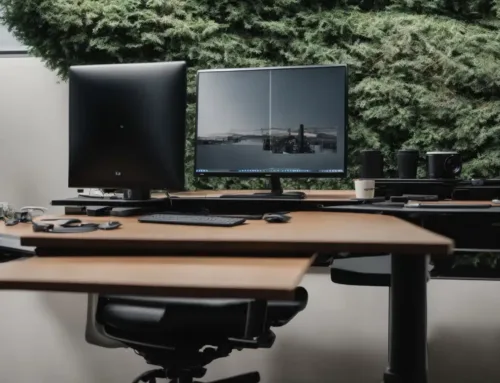Understanding OSHA’s Calibration Standards
The Occupational Safety and Health Administration (OSHA) mandates daily calibration checks as part of its OSHA calibration requirements before conducting audiometric tests on employees. This requirement underscores OSHA’s commitment to ensuring the safety and health of workers, particularly in the realm of hearing protection. For these tests to yield accurate and reliable results, the equipment must be calibrated correctly.
There are two primary methods to ensure this calibration:
- Using a reliable test subject with standard hearing to compare their responses to the audiometer’s known calibration levels.
- Employing a specialized device like the Tremetrics Oscar 6, designed to provide precise calibration checks, ensuring the audiometer’s results align with OSHA’s standards.
The Significance of Tremetrics Oscar 6 in Calibration
The Tremetrics Oscar 6 is an instrumental tool in audiometric testing. It not only provides an official audiometer compliance check but also guarantees a consistent hearing baseline. This consistency ensures that every hearing test conducted is both reliable and uniform, eliminating potential discrepancies in results. The device meets OSHA calibration requirements as per the manufacturer guidelines.
The Versatility of Oscar 6
Compatibility Across Devices
The Oscar 6 is designed for adaptability, being compatible with all standard audiometric earphones. It can also integrate seamlessly with most of the audiometers available today. This compatibility ensures that professionals can utilize their preferred equipment without the need for frequent replacements or adjustments. However, it is important to adhere to the osha calibration requirements and manufacturer guidelines for calibration gas in order to maintain sensor accuracy and ensure workplace safety.
Addressing Common Calibration Challenges
During routine calibration checks, professionals might occasionally encounter a “Daily Calibration Failure.” Such issues, while concerning, are typically easy to address. Here are some troubleshooting steps:
- Headset Placement: Ensure the headset is securely positioned. The ear cups should align with the color-coded earphone couplers. Any misalignment can lead to errors. If detected, adjust and restart the calibration test.
- Ear Cushion Inspection: Regularly check the ear cushions for signs of wear, such as swelling or cracks. Damaged cushions can affect the fit on the couplers. If damage is observed, replace the earphone cushions. For maintenance, use alcohol-free wipes or earphone covers.
- Cord Integrity: Regularly inspect the headset for loose or damaged cords. Continuous use can lead to wear and tear. If issues arise, refer to instructional materials or seek professional guidance.
Maintenance and Recalibration of Audiometric Equipment
The Imperative of Professional Recalibration
If there’s a need to replace earphone transducers, it’s essential to have the audiometer recalibrated by a certified technician. This recalibration ensures that the audiometer’s settings align with the new transducers, guaranteeing accurate results according to OSHA calibration requirements.
e3 Occupational’s Commitment to Service
Should you require assistance or need to schedule a service appointment, e3 Occupational is here to support you. Our team of experts is dedicated to ensuring that your audiometric equipment functions optimally, safeguarding the hearing health of all tested individuals. We follow OSHA calibration requirements and adhere to manufacturer guidelines for sensor accuracy.







